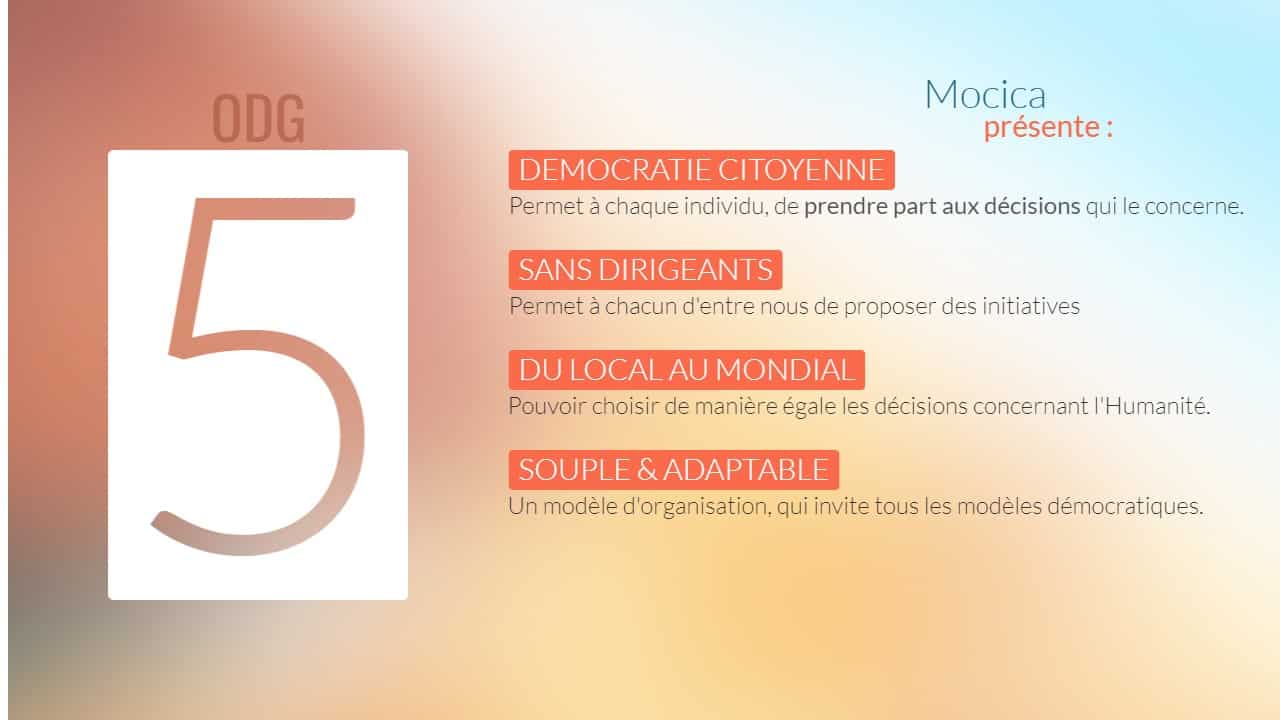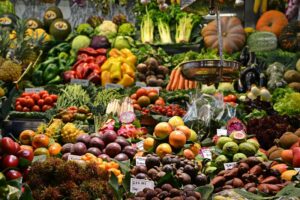Global Democratic Organisation.
Firstly, the GDO is a citizen’s democracy.
Secondly, the GDO is the organisational part of the Great Project.
Thirdly, the GDO is inspired by shared government models such as Sociocracy.
Lastly, the GDO wants an open model of organisation, into which all democratic models can be integrated.
A brief explanation of the GDO
Introduction of the GDO.
How is it organised?
To start, the GDO allows people to be part of making the decision that affect them.
As a consequence, the choices that people make could concern both local and global choices.
Furthermore, people who live in one town won’t have a say in the choices made in another town. However, everyone should make decisions about humanity in an equal way. This is why it is necessary to define different levels of assemblies.
This is where the non-market organisation proposed by MOCICA comes in: putting in place a Global Democratic Organisation, or an GDO.
The 5 levels summarized:
To begin, the first level of the assembly is the neighbourhood zone (optional). This can correspond to a neighbourhood, a residential area, a building, etc.
Secondly, the second level of the assembly is the commune. This corresponds to a village or a town. Therefore, assemblies could be citizens or themes (for example; the health sector, teaching, research, maintenance.)
Then, the third level is the resource zone. This corresponds to a region. This zone also deals with the management of resources.
The fourth level of the assembly is the cultural zone. This corresponds to a community of the same cultural origins, which today means a nation.
To finish, the 5th level of the assembly is the Global zone. Therefore, this corresponds to a group of Global zones.
The Global Democratic Organisation in detail:

The independent assembly: definition
To begin, a democratic organisation must allow every individual to make decisions which concern them. Indeed, the voice of each individual is equal to everyone concerned.
In addition, the choice of each individual could be on a local or a global scale.
Moreover, an independent assembly is consitiuted of volontary citizens who want to improve public life. They are part of assemblies in order to make rules adapted to each geographic zone of the assembly. Citizens also designate a coordinator who is the speaker and who communicates the decision of the group to the next assembly.
How the GDO works.
Autonomous Area Assembly 1 (AA1): THE NEIGHBORHOOD
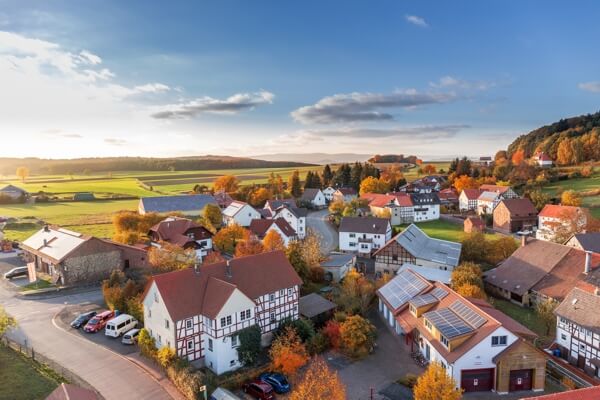
Firstly, the assembly of the neighbourhood zone brings together the citizens of the neighbourhood in question. This assembly is optional, but nevertheless creates a good organisation on a local level. Here it is possible to organise and debate the life of the neighbourhood.
Moreover, the designated coordinator can meet with other coordinators of the same town or village to form an assembly of level 2. The assembly will therefore be constituted of citizens designated according to the methods chosen by the inhabitants (draw lots, elections, decisions subject to appeal, etc).
Autonomous Area Assembly 2 (AA2): THE COMMUNE
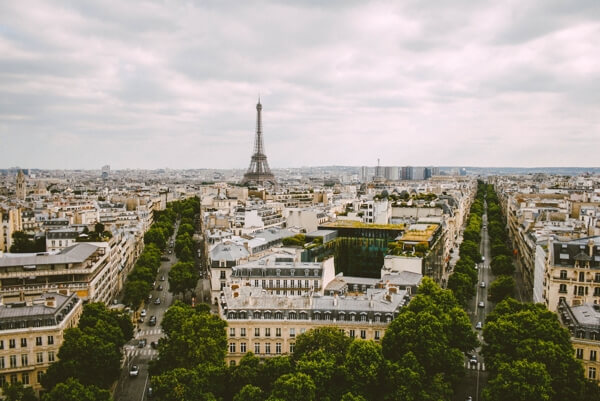
Firstly, this assembly will assure the management of the commune at the servece of its residents.
Moreover, this assembly brings together the coordinators of the neighbourhoods and represents the assembly of the commune (town or village). This is the equivalent of municipal councils today.
For reasons of convenience (and to avoid the management of the neighbourhood assemblies), this assembly can also be constituted by a cross-section of citizens (representatives, scientists or others).
Therefore, the role of this assembly is to coordinate different initiatives (collect, summarize, debate) proposed bu citizens. Then, it submits them for editing and voting. Also, members of each assembly of level 2 can designate one or more coordinators. These, in conclusion, join in turn those of their zone of level 3 (resources).
It is possible to put in place all other proceedings proposed and accepted by the citizens concerned.
Autonomous Area Assembly 3 (AA3): THE REGION
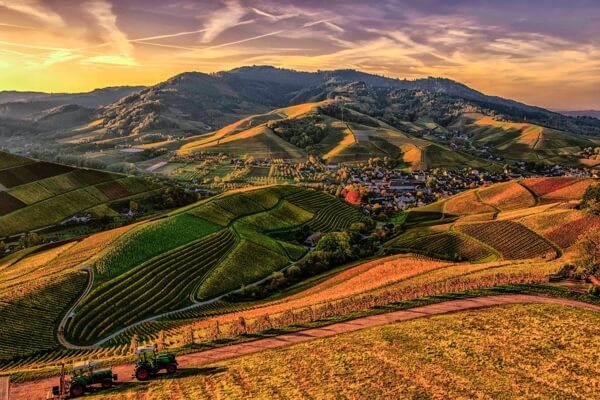
An AA3 regroups all of the coordinators of the AA2s, and represents the assembly of habitation zones (towns and villages) who share a communal territory for food resources. In fact, this is the level which manages the transits of differenct resources between zones of a simial level. Experts, animators or other democratically designated citizens can come together at this assembly.
Firstly, this assembly’s role is to coordinate the citizens’ initiatives of the territory. For instance, the maintenance of their resource areas, landscapes, historical and natural heritage, roads and railways.
In addition, the assembly will manage, according to the choice of the AA2 represented. This includes the distribution of roles for operation, as well as the transport and distribution of resources. Finally, these will be distributed from the territory to the areas concerned in an environmentally friendly manner.
Autonomous Area Assembly 4 (AA4): THE NATION
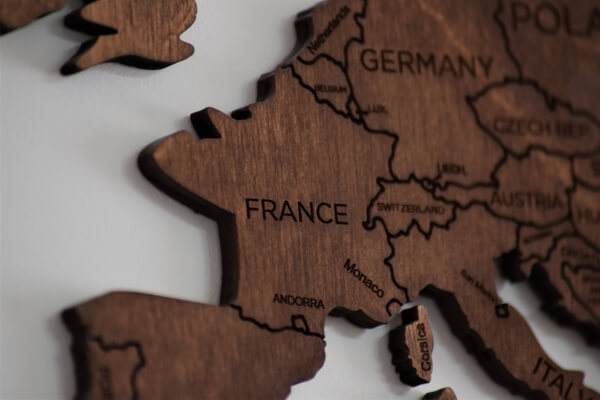
The level 4 assembly regroups the group of level 3 coordinators et represents the assembly of residents of a common cultural group. Which today means a nation.
Above all, level 4 assemblies coordinate levels 3 (facilitated by communal cultures and languages). But also to have an intermediate level between themselves and the global assembly: the AA5.
Firstly, the assemblies of the resources zones could designate their own coordinators. Indeed, these could join the representatives of the same culture zone. Secondly, level 4 assemblies (nations) should insure the coordination between the resource zones represented. Moreover, they should insure that the territory works well as a whole in terms of ecology and society. Lastly, they will try to develop mutual assistanve between different cultural zones around the world.
Autonomous Area Assembly 5 (AA5): THE WORLD
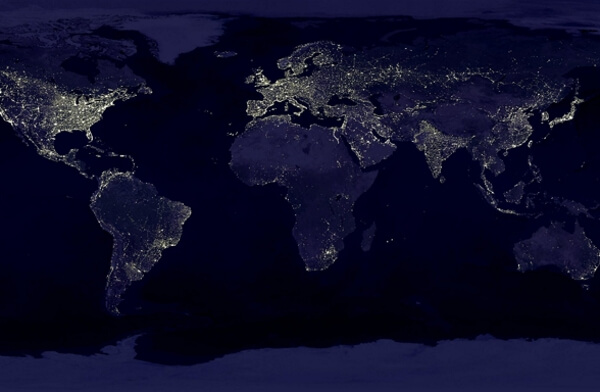
All coordinators of culutual zones regroup for the level 5 assembly.
To start, this assembly manages questions that apply to all humanity, for example, demographics management. Coordinators do not make decisions regarding this subject, but they coordinate the management of these questions in service to citizens.
Indeed, this assembly will have to insure that the communication between culture zones is smooth. As well as bringing up initiatives, propositions and worries of the underlying assemblies. Also, to propose and apply measures to insure world peace, and clean and protect the ecosystem. In addition, the assembly will ensure the implementation of referendums, constitute universal laws protecting the freedom of individuals. Finally, it will have to maintain the general balance and put in place the necessary humanitarian or military actions.
Global Democratic Organisation: the thematic assembly.
In addition to the autonomous assemblies of the different zones, there may be other types of assemblies.
Thematic Assembly
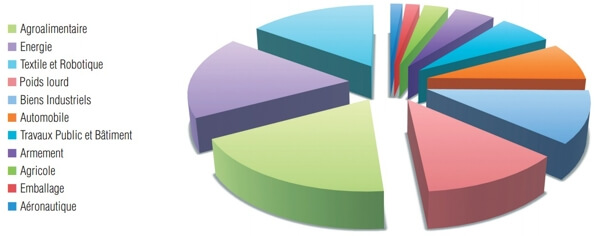
Firstly, you have the possibility on app.mocica.orgto create citizen or thematic assemblies.
In short, the thematic assemblies bring together local actors from the same sector. This means: health, food, education, research, repair services, etc.
Finally, they allow us to act now but also to structure the organisation of actors for the next step: the end of money!
The Global Democratic Organisation: the transition.
Transition, when and how?
The transition from our current model to GDO can start now, by getting to know your neighbours and the people in your neighbourhood.
Fostering a friendly relationship is also a way to talk about and publicise the project. As the project evolves, these Level 1 assemblies may expand in number and volume.
In addition, the strength of the Global Democratic Organisation rests on two points. Firstly, it allows for bottom-up, not top-down, decision-making. Secondly, it may evolve according to our collective choices.
However, it is normal to have some difficulty in projecting yourself. Indeed, we are closing one chapter of our history to write another: it is a blank page.
Finally, it will evolve over time and gradually reveal a new and better face of our civilisation.
The Global Democratic Organisation in a nutshell:
A flexible and adaptable organisational model.
The Global Democratic Organisation is not meant to be complete and unchangeable, but rather flexible, perfectible, modulable and adaptable. Similarly, it may evolve to a lower or higher number of assembly levels, depending on our choices and needs.
Despite this, it may be terminated if it proves unnecessary or is replaced by a better way of organising.
Finally, it allows for the establishment of any type of democratic organisation within the communities, as chosen by the members.
An invitation to democratic models
First of all, it is essentially an organisational model, which invites all democratic models. It aims to bring together and harmonise a multitude of diverse assemblies, each of which corresponds to the community’s image.
This basis, which we propose, allows all assemblies and all cultures to have their own way of operating, and thus avoids unnecessary tensions and burdens.
In this way, without the agreement or judgement of neighbouring assemblies, the general understanding and coordination can be continuously improved and modulated.
One of the advantages of this multitude will be that it will allow us to try out different ways of operating and to learn from most effective and most beneficial experiences.
